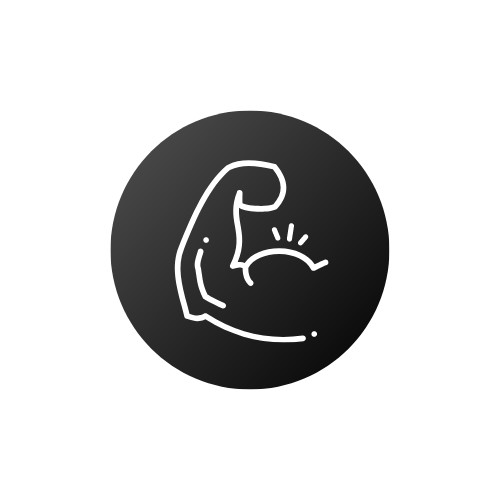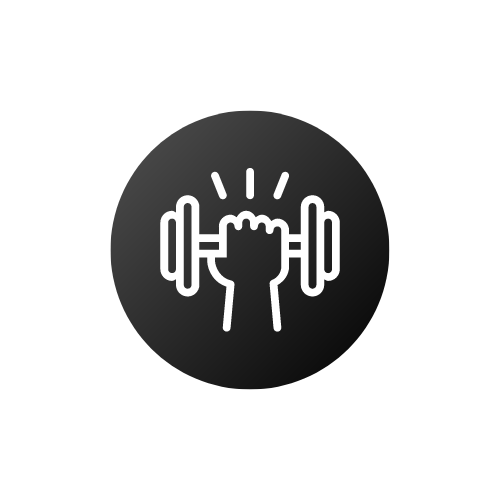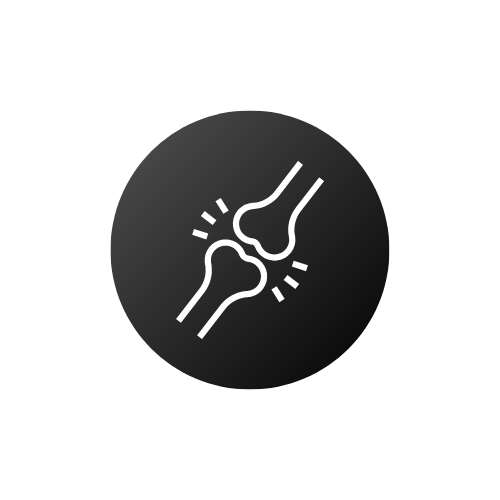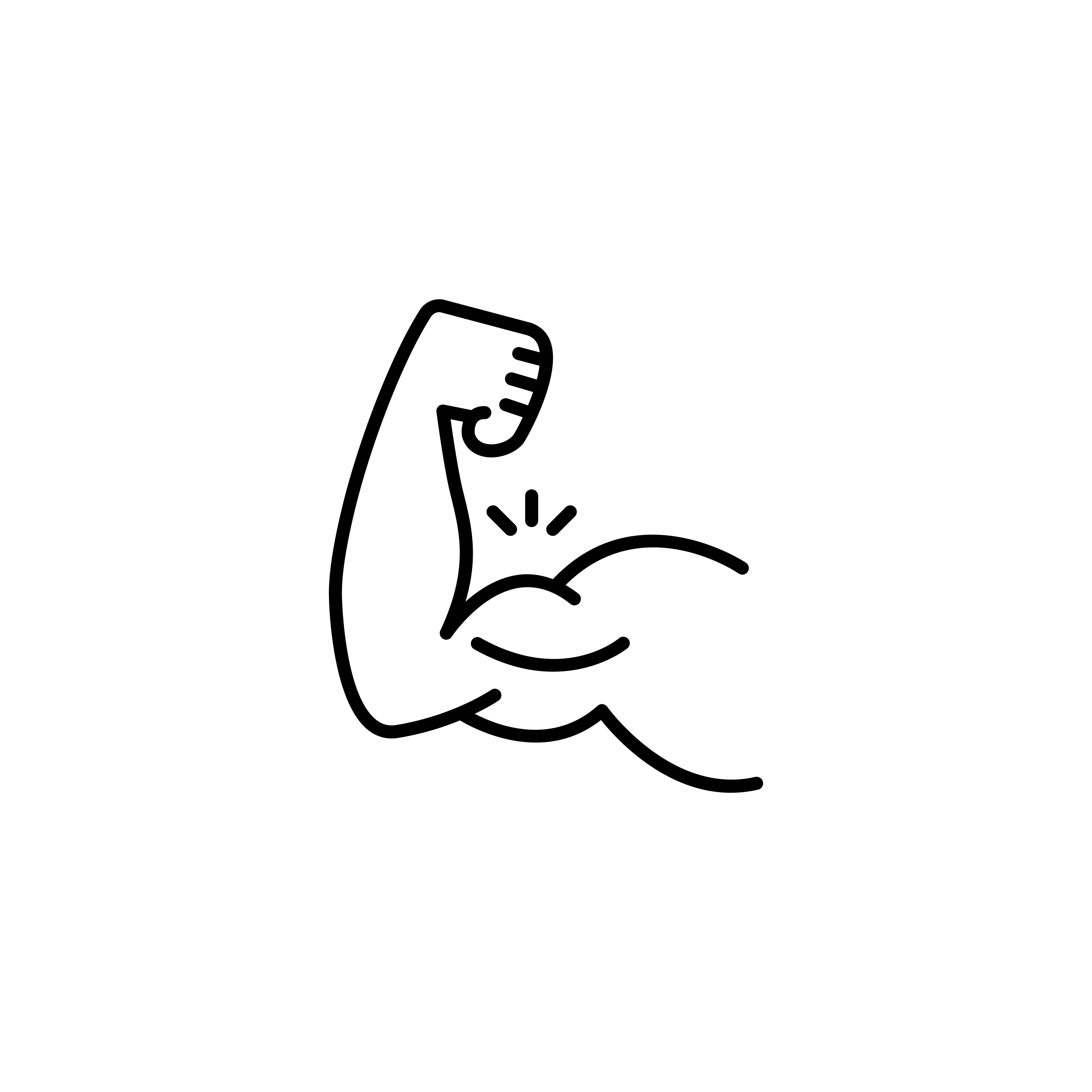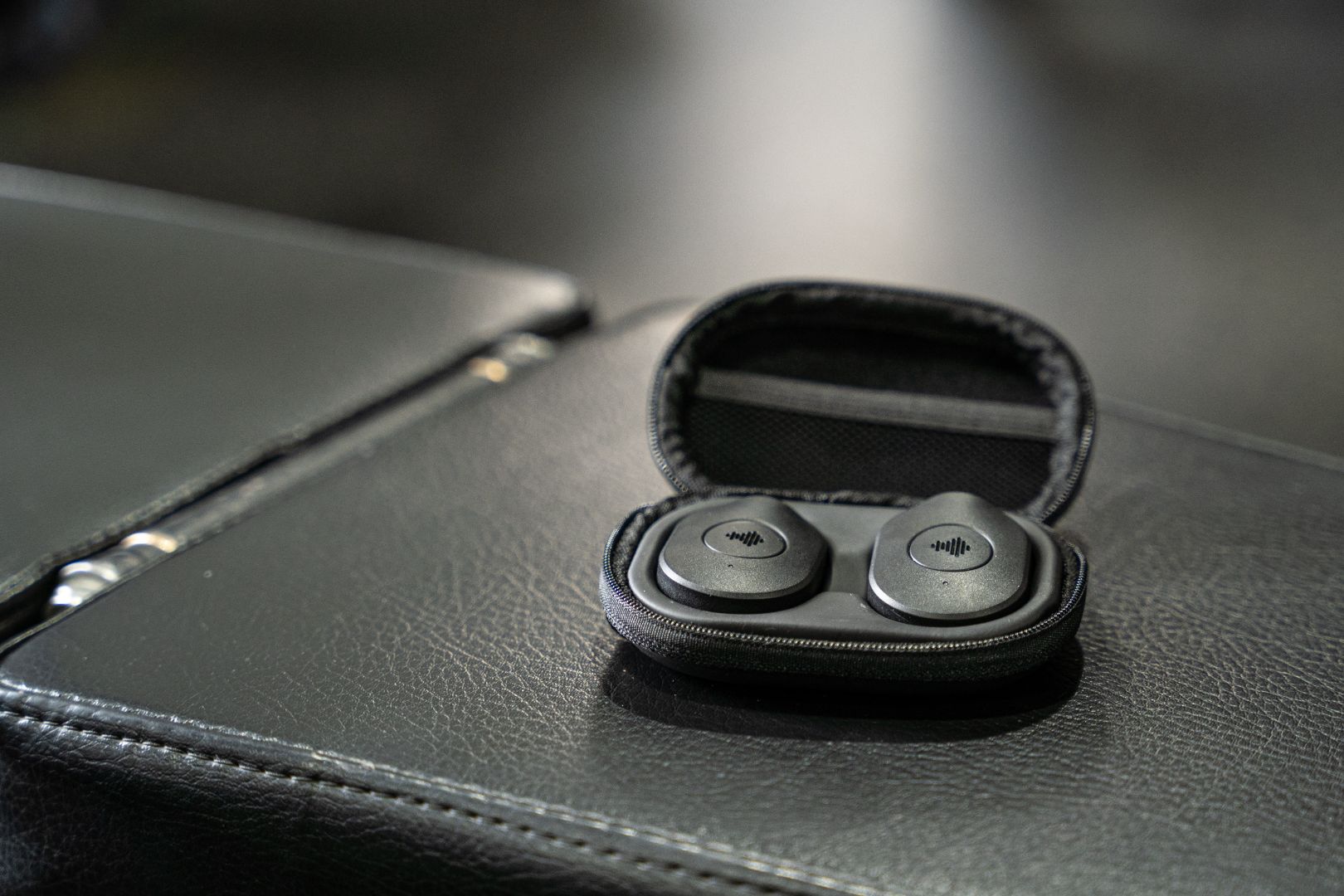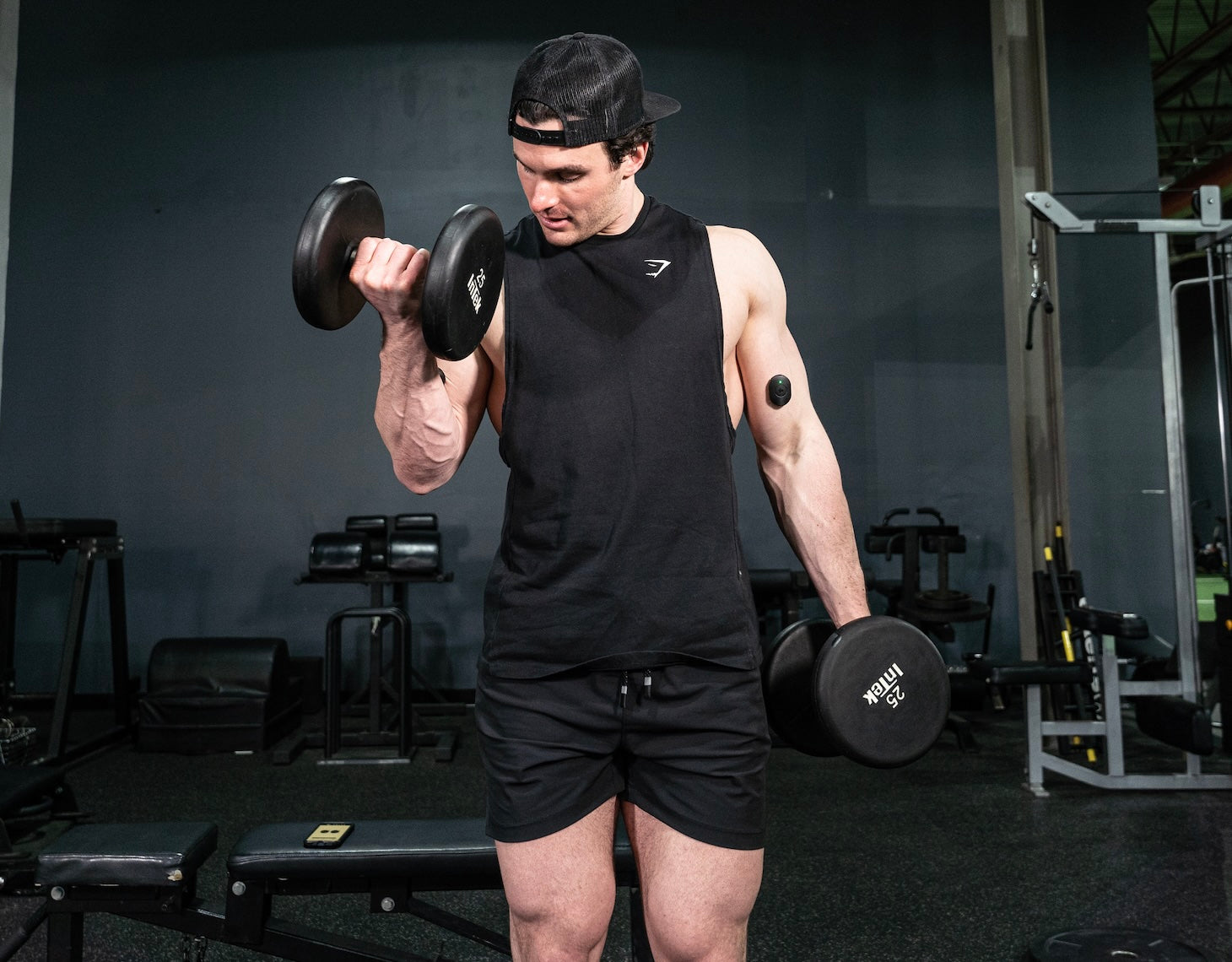
Pulse Device's patent pending Localized Vibration Technology is engineered to activate the brain and body’s natural reflexive response to targeted vibration, engaging the skin and muscles in a consistent and controlled manner that results in accelerated training and recovery benefits.
Localized vibration's effectiveness has been proven in dozens of medical and scientific studies as well as clinical rehabilitation and wellness facilities, sports performance centers, and are currently utilized by a wide variety of professional athletes, personal trainers, and physical therapists.
Shop NowExplore the Research Behind Local Vibration
Muscle Activation
The vibrations exerted by LVT devices increase the activation of mechanoreceptors involved in proprioception (1), causing an increased neural activation of a muscle when initiating a movement (2,3) which results in increased muscle activations (4,5,6) and increased maximal voluntary contractions (MVC) (7,8,9).
LVT simultaneously causes the muscles opposing a given movement to experience a reduced neural activation, ‘turning them off’ for longer as a result of reduced excitability (10), further enhancing the positive effect of LVT on movement.
3. Rosenkranz and Rothwell, 2006
5. Mosier, 2017
Muscle Strength & Power
The increased muscle activity as a result of LVT has been shown to increase isometric and dynamic force production (11,12,13) dramatically increasing maximal strength (14) and power (15,16).
These improvements to force production, strength and power in combination with improved flexibility have been shown to result in improved performance through an increased jump height (17).
13. Mosier, 2017
15. Cochrane, 2016
Flexibility & Range of Motion
LVT has also been shown to improve flexibility (18) through increasing joint range of motion (19, 20).
18. Kurt, 2015
Reduced Injury Risk
LVT is particularly effective during submaximal contractions (below maximum effort) with reducing effectiveness as force levels increases towards maximum (21).
Ultimately this allows lifters to achieve the same level of muscle activation whilst lifting lower weights, therefore increasing muscular stress whilst reducing the mechanical load on the muscle and therefore reducing the risk of injury during lifting.
This makes LVT devices a great tool for patients recovering from injury and or surgery, that medical professionals do not want to stress with high effort or heavy weights.
Motor Learning & Function
The Servite Research Committee performed a preliminary research study to show the Pulse Device's benefits for muscle motor learning.
There's also wide ranging scientific literature that's found local vibration therapy's to dramatically improve motor rehabilitation (22).
Muscle Soreness
Low frequency vibrations have been shown to reduce pain pressure and muscle soreness in both the arms (biceps) and legs (quadriceps) post-exercise (23, 24). making LVT devices such as Pulse a more portable and hands off alternative percussive therapy to massage guns.
Pain Pressure
Low frequency vibrations have been shown to reduce pain pressure and muscle soreness in both the arms (biceps) and legs (quadriceps) post-exercise (23, 24). making LVT devices such as Pulse a more portable and hands off alternative percussive therapy to massage guns.
Muscle Excitability
As well as aiding recovery after exercise, LVT devices could also be used as a priming tool during warm up, as LVT has been shown to increase the excitability of resting muscles to the same level as contracting muscles (25, 26).
Spasticity
High frequency vibration has been found to reduce spasticity in conjunction with rehabilitation protocols for stroke, multiple sclerosis (MS), and cerebral palsy (CP) patients (27, 28, 29).
Nerve Function
Low frequency vibration has been found to effectively improve the recovery of nerve function and the myelin sheath after SNI, and delayed gastrocnemius atrophy after denervation (30).
30. Yin et al., 2022
Foot Drop
Local vibration therapy has been shown to dramatically improve gait parameters for those suffering from chronic foot drop (31) and improve maximal voluntary contractions and strength recovery for healthy subjects after use (32).

